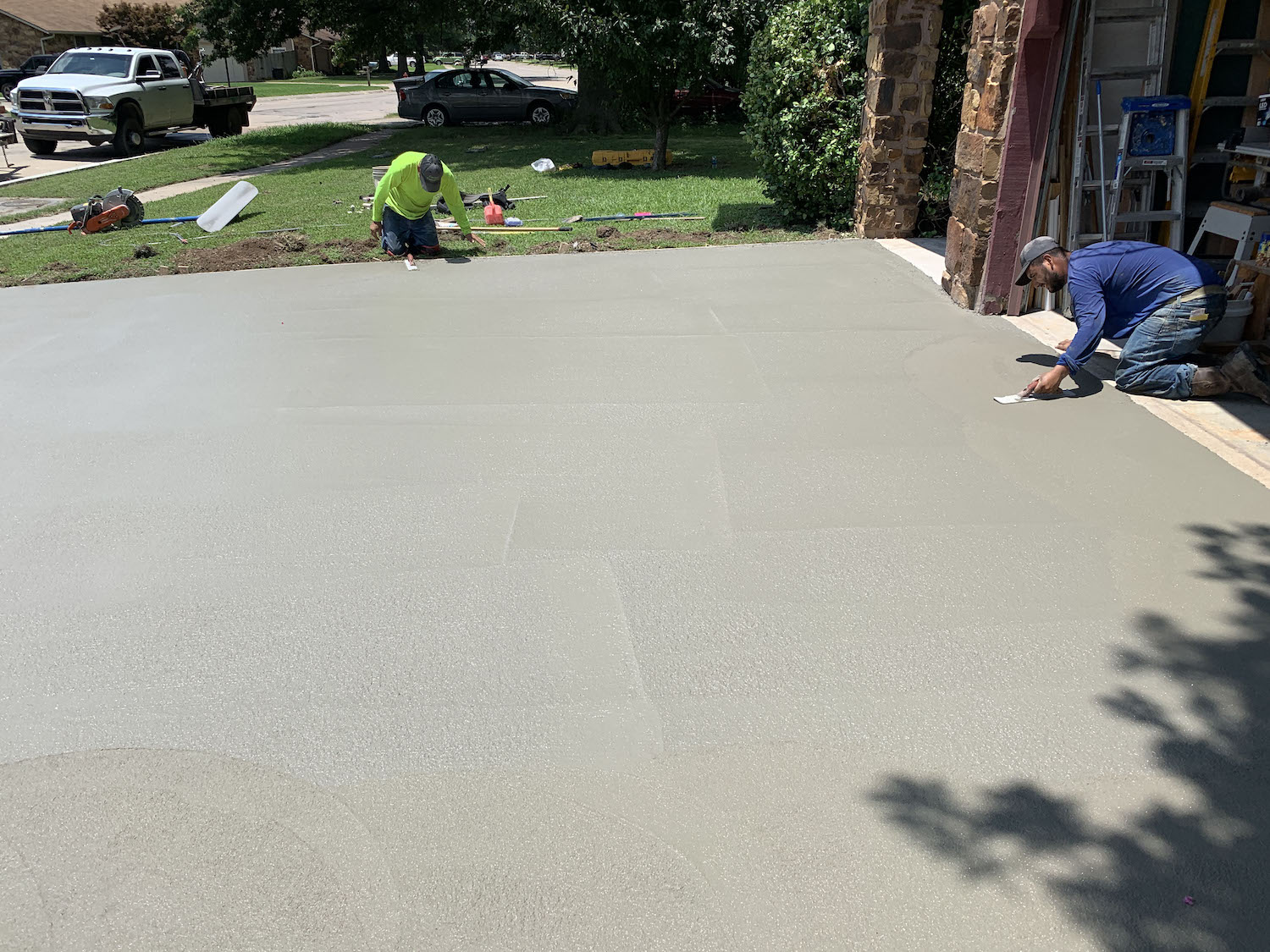The Eco-friendly Option: Concrete Sidewalks for Your Area
Picking concrete for your area pathways can make a substantial distinction in terms of sustainability and eco-friendliness. Let's discover why concrete walkways may be the environmentally friendly option your community requires.
Advantages of Concrete Sidewalks
When thinking about the installment of pathways in an area, the benefits of picking concrete over other materials are significant and many. Concrete pathways offer longevity, holding up against heavy foot web traffic, climate changes, and environmental elements much better than alternate materials like asphalt or gravel. This long life translates to cost-effectiveness in the long run, as concrete walkways call for less constant repair services and maintenance. Additionally, concrete is a functional material that can be quickly tailored to match the visual of any neighborhood with different surfaces, colors, and patterns.

Toughness and Longevity
How can concrete walkways exceed various other materials in terms of resilience and longevity? Concrete walkways are renowned for their remarkable resilience and durability contrasted to alternate materials like asphalt or pavers.
In addition, concrete's durability lowers the need for frequent repair work or replacements, making it a lasting and economical option for community pathways. By investing in concrete sidewalks, communities can appreciate a durable and trustworthy infrastructure that enhances the general aesthetic allure and functionality of the location.
Reduced Upkeep Demands
Concrete walkways stand out for their marginal maintenance requirements due to their sturdy nature and durable performance. Unlike alternative products that may call for constant repairs or substitutes, concrete sidewalks provide an affordable solution that demands little maintenance over time.
Routine maintenance for concrete walkways usually entails basic tasks such as routine cleaning to get rid of debris and occasional sealing to safeguard the surface area. In comparison to products like asphalt or pavers that might shift, fracture, or break down more conveniently, concrete sidewalks keep their structural honesty with minimal treatment. Additionally, any repair services that might be needed are usually local and can be dealt with quickly, minimizing both the time and price linked with maintenance.

Ecological Advantages
With an emphasis on sustainability and eco-friendliness, concrete sidewalks supply remarkable ecological advantages that contribute to a greener area facilities. Furthermore, concrete sidewalks have a high solar reflectance index, suggesting they mirror a substantial amount of sunlight instead of taking in and keeping warmth.
In addition, concrete is a porous material that allows water to penetrate right into the ground, lowering stormwater runoff and assisting in groundwater recharge. This helps prevent erosion, lessen flooding, and maintain the natural balance of water supply in the area. By choosing concrete sidewalks, areas can make a sustainable option that favorably impacts the setting and enhances the high quality of life for residents.
Enhancing Neighborhood Sustainability
By prioritizing sustainable framework remedies, communities can cultivate a harmonious balance between ecological consciousness and neighborhood advancement. Enhancing community sustainability includes a diverse method that exceeds simply the ecological advantages of concrete pathways. Implementing environment-friendly areas, advertising energy-efficient practices, and cultivating a sense of neighborhood interaction are necessary components of producing a sustainable area.
One means to enhance community sustainability is via the assimilation of permeable concrete sidewalks. These walkways allow rain to leak into the ground, minimizing stormwater runoff and reducing the stress on local drainage systems. Concrete Contractor. By including permeable pathways, neighborhoods can enhance water top quality, lower flooding dangers, and enhance overall ecological durability
Moreover, promoting different transportation methods such as walking and cycling can considerably reduce carbon exhausts and promote a healthier way of life among locals. Creating risk-free pedestrian paths, bike lanes, and designated greenways can motivate homeowners to rely less on vehicles, better adding to the neighborhood's sustainability objectives.
Conclusion
Finally, concrete pathways use countless advantages for communities, consisting of durability, low upkeep needs, and environmental advantages. By choosing concrete pathways, communities can boost their sustainability and add to a much more environmentally friendly atmosphere. It is clear that concrete sidewalks are the Concrete Companies Near Me ideal option for neighborhoods seeking to enhance their infrastructure in a eco pleasant and lasting way.
When considering the setup of sidewalks in a community, the benefits of picking concrete over other products are considerable and numerous. Additionally, concrete's durability lowers the need for regular repair services or replacements, making it a economical and lasting selection for community walkways (legendaryconcretebrentwood.com).With an emphasis on sustainability and eco-friendliness, concrete walkways use noteworthy ecological advantages that contribute to a greener neighborhood framework. Enhancing neighborhood sustainability entails a complex technique that goes past simply the ecological advantages of concrete walkways.In conclusion, concrete pathways provide many advantages for communities, including resilience, reduced upkeep needs, and environmental advantages